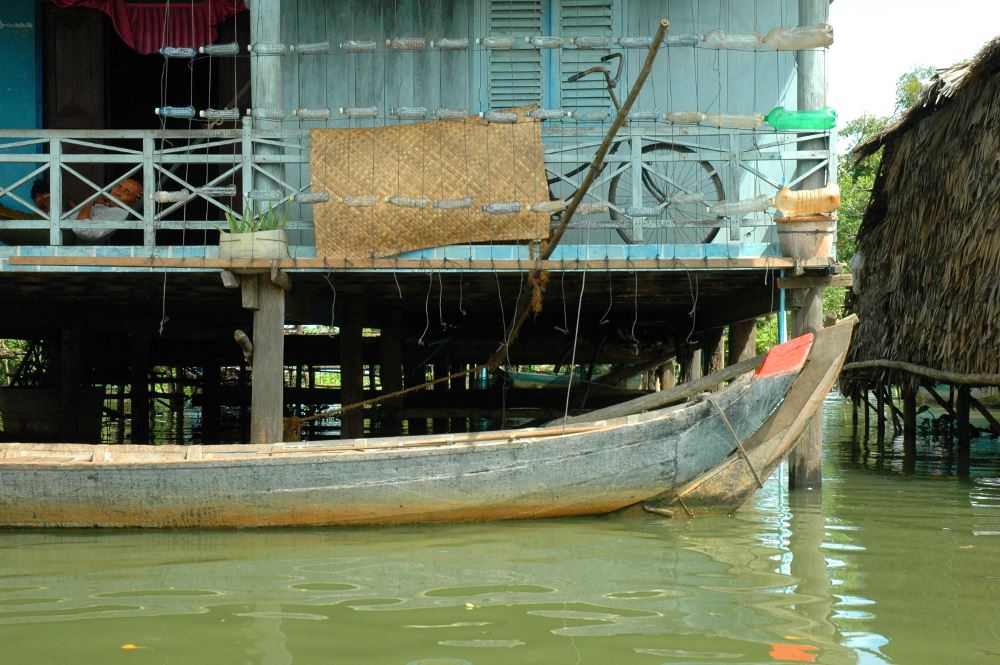Since 2016 I have been playing around with the idea of the rhythms of hydrological cycles and the role they play in the establishment and development of maritime networks. This conceptual framework is being developed as part of my project, The Ports and Harbours of Southeast Asia. Below is an excerpt from my first publication discussing this topic:
WALKER VADILLO, V (2021) Ocean Imperatives: analyzing shipping infrastructure for the study of maritime networks in Southeast Asia. In Tan, N H (ed) Papers from the SEAMEO SPAFA International Conference on Southeast Asian Archaeology and Fine Arts (SPAFACON2021). Bangkok: SEAMEO SPAFA Regional Centre for Archaeology & Fine Arts. Pp. 17-23
Excerpt
Maritime networks conform an interdependent system where every piece must interlock to the others like a well-oiled machine. The environment determines when ports are accessible, the depth of ports determines the size and number of ships that can be serviced, and the size of ships determines the requirements of wharf storage facilities and stevedore crews. All this requires specialized skills and intellectual ingenuity that develops around navigation, stevedoring, and the construction of infrastructures to overcome environmental hurdles. Using an interdisciplinary approach that draws on environmental, archaeological, iconographic, ethnographic, and historical data, this presentation will explore shipping logistics and infrastructure as a novel source material to advance a new research framework that incorporates methods rooted in geographically oriented landscape perspectives, such as the Maritime Cultural Landscape, and ecological approaches like Historical Ecology, and Human Ecodynamics. This additional turn of the screw offers an innovative understanding of the role of maritime networks in the history of the region by looking at the past from the water, and seeking out the ocean imperatives that shaped how people moved seamlessly through oceans, seas, and rivers.
Shipping infrastructure as a source of data
If we want to understand past maritime landscapes, we need to study the material remains related to human activities on the seas, interconnected waterways, adjacent locales and associated communities. These include, but are not limited to harbours, ports, navigation and sailing routes, place-names, lighthouses, shipyards, fishing harbours, and so on. This approach, coined by Westerdahl (1992) as the maritime cultural landscape, recognizes the plurality of maritime landscapes as they respond to functionality within maritime communities, so some can be linked to transport, others to surveillance, to fishing, to spirituality and pilgrimages, and so on. Whatever the focus, ships remain at the forefront as enablers of these interactions between humans and their watery environment. The versatility of this theoretical framework lies in the interdisciplinary approach that requires, and the long-term perspective that demands from the set out of the research design. This is very much in line with other environmental approaches like Human Ecodynamics (Fitzhugh et al. 2019) and Historical Ecology (Crumley 2006), both of which recognize the importance of providing a chronological depth to the analysis, emphasize the importance of a geographic and ecological perspective, and require the use of a variety of sources that are available for different periods of time. Depending on the time scope, the range of data that can be used may come from environmental sciences, archaeology, history, ethnography, iconography, and so on (see Fitzhugh et al. 2019). With this idea in mind, instead of focusing on maritime networks as an intangible concept that connects people through the study of mobile material remains, the Ports and Harbours of Southeast Asia project has placed the focus on shipping infrastructure as the tangible evidence of this connectivity. An emphasis on the functional aspects of the network, the role of the environment, and the interdependence of these elements throughout the network sets the tone of the analysis.
To read the full text, click here.

